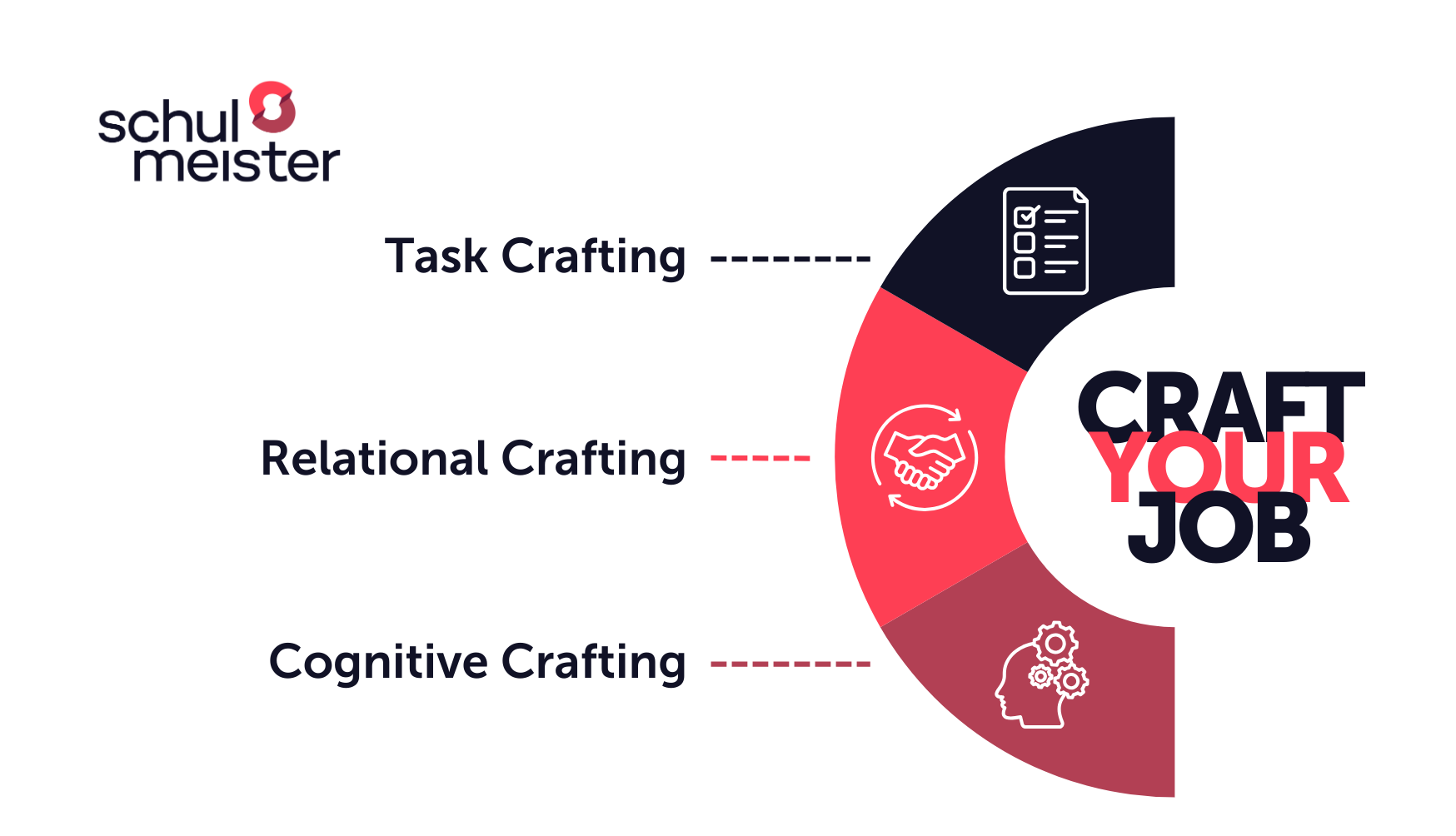More than just a trend: New Work and the need for more work-life balance
Work should adapt to life - not the other way round. This is precisely the basic idea behind the new work trend. In times of a shortage of skilled labour, increased burnout rates and a growing desire for meaningful work, the call for more time autonomy is growing louder. The 4-day workweek is a tangible concept that appears to be the solution for many.
Flexible working models: What does the 4-day workweek mean in concrete terms?
The 4-day workweek is not a fixed concept, but can be organised in very different ways:
- Model 1: 4 days of 10 hours each (no reduction in working hours, but rather compression)
- Model 2: Genuine reduction in working hours (e.g. from 38.5 to 32 hours) with full pay
Both variants have their advantages and disadvantages. What is important is that the 4-day week is more than just a Friday off - it puts the entire understanding of work and productivity to the test.
At best, it's not about "less work", but about smarter working. Many companies combine the 4-day workweek with clear goals, focus times, meeting-free days and more efficient processes. This creates a culture in which trust, personal responsibility and output count for more than mere attendance.
👉 4-day workweek and productivity in Austrian companies: Initial field reports show that fewer working hours do not necessarily mean less performance (source: Moment.at).
Why the discussion about the 4-day workweek is currently getting louder
The discussion about the 4-day workweek is no coincidence, but an expression of a profound social change. Several developments are currently coming together: on the one hand, the coronavirus pandemic has shown many people that alternative forms of work can be effective. On the other hand, problems such as the shortage of skilled labour, mental stress at work and the demand for a better quality of life are intensifying.
In addition, there is a generational change: younger employees in particular are questioning traditional 9-to-5 structures and setting other priorities.
Another driver of the current debate: technological developments such as artificial intelligence, automation and digital tools are significantly increasing productivity in many areas. Routine tasks can be completed more quickly, processes are becoming leaner and decisions more data-driven. In such a working world, the rigid organisation of working hours seems increasingly outdated.
More and more companies are recognising: It's not the amount of hours worked that matters, but the output. The 4-day workweek fits in perfectly with this paradigm shift and signals: We trust our employees to work efficiently and independently - and reward them with more time for life.
Advantages for employees: Focus on reduced working hours and employee satisfaction
Many employees who are involved in pilot projects with the 4-day workweek report clear advantages:
- More time for family, leisure and relaxation
- Increased employee satisfaction and motivation
- Fewer sick days and cases of burnout
- Higher productivity in less time
An extra day off can make a huge contribution to your work-life balance - if the conditions are right. The 4-day workweek can be a real game changer, especially for working people with caring responsibilities, an interest in further training or simply a desire for a better quality of life.
It also shows that employees often feel more valued when their employer allows them this degree of flexibility. This not only boosts motivation, but also strengthens the emotional bond with the company.
Downsides oft he 4-day workweek: densification and new challenges
Not everything is automatically better with the 4-day workweek. Many employees perceive the work pressure to be higher on shorter weeks. Condensed tasks, tighter deadlines and a lack of coordination within the team can quickly relativise the advantages.
Especially in companies without a culture of trust or clearly structured processes, the 4-day workweek can even be counterproductive. It is therefore important to take a conscious look at your own working day: Does this model suit my way of working? Is my team prepared for it?
Team dynamics also play a role: Who is off when? How are customers or internal requests handled on days off? Without clear communication and mutual consideration, frustration can quickly arise.
4-day workweek in Austria: desire or reality?
In a European comparison, Austria is currently in the middle of the field when it comes to implementing the 4-day workweek. Countries such as Iceland, Belgium, Spain and the UK have launched pilot projects or created a legal basis (source: euronews).
In Austria, on the other hand, there is still a lack of nationwide models. The 4-day workweek is possible under labour law, but is not regulated by law. At present, it depends heavily on the initiative of individual companies whether a reduction in working hours with full pay is actually implemented.
However, initial practical examples from Austria show that it can work - especially in knowledge-based sectors such as IT, consulting and marketing. Employees benefit from more room for manoeuvre and flexibility.
Trade unions and interest groups are now increasingly calling for pilot projects in order to create sound data for political discussion. The issue of equality is also increasingly being mentioned: A fairer distribution of paid and care work would be better achieved by reducing working hours (source: equalpayday).
What does this mean for you as an employee or job seeker?
If you are looking for a job or want to reorient yourself in your current role, you should take a close look:
- Look out for references such as "flexible working time models" or "trust-based working hours".
- Ask for concrete examples of flexibility in practice - not just on paper.
- Be open to discussions within the team if you want to raise the issue internally.
And: the 4-day workweek is not suitable for every industry or every job - but it is a symbol of change in the working world. It shows that you as an employee can help shape what work will look like in the future more than ever before.
Especially in a changing working world, where the shortage of skilled labour is growing and younger generations have different expectations, such models can be a real competitive advantage. So use job interviews to communicate your ideas clearly - and observe how openly the other person reacts to the topic.
Conclusion: The 4-day workweek - a blessing for some, a stress factor for others
The debate surrounding the 4-day workweek shows just how much our ideas about work are changing. It raises important questions about efficiency, quality of life and individual work organisation - without providing blanket answers. Whether the 4-day workweek is a model for the future or not remains to be seen. What is clear is that flexible working modelsand more time autonomyare high on the wish list of many employees.
For you as an employee or job seeker, it is therefore worth taking a closer look: Which form of work suits your everyday life, your values and your performance? And how open is your (potential) employer to new approaches? Because in the end, it's not about a rigid model, but about work that truly fulfills you.







